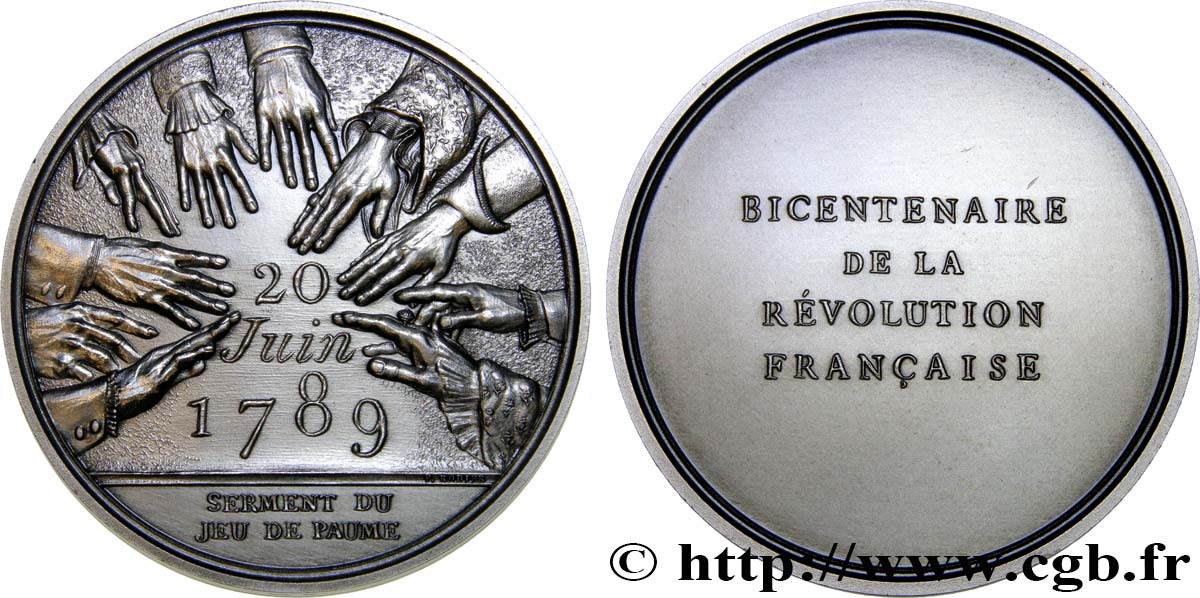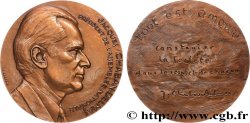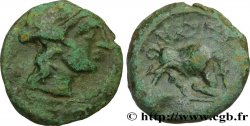E-auction 249-172498 - fme_441578 - FUNFTE FRANZOSISCHE REPUBLIK Médaille pour le bicentenaire de la Révolution
Sie müssen angeschlossen sein und von cgb.fr genehmigt werden, um in einer E-Auktion teilzunehmen.Melden Sie sich an, um zu wetten..Die Kontobestätigungen sind innerhalb von 48 Stunden nach Ihrer Anmeldung gemacht.Warten Sie nicht bis die letzten zwei Tage vor dem Abschluss eines Verkaufs, um Ihre Registrierung abzuschließen. Klickend "BIETEN" verpflichten Sie sich vertraglich, diesen Artikel zu kaufen und Sie nehmen ohne Reserve die allgemeinen Verkaufsbedingungen für den e-auctions zu cgb.fr an.
Der Verkauf wird an der Zeit auf der Übersichtsseite angezeigt geschlossen werden. Angebote, die nach der Schließung Zeit empfangen sind, werden nicht gültig.
Bitte beachten Sie, dass die Fristen für die Einreichung Ihres Angebots auf unsere Server können variieren und es kann zur Ablehnung Ihres Angebots entstehen, wenn es in den letzten Sekunden des Verkaufs gesendet wird. Die Angebote sollen mit ganzer Zahl ausgeführt sein, Sie können Kommas oder des Punktes in Ihrem Angebot nicht erfassen. Bei Fragen klicken Sie hier, um einen Blick auf die FAQ E-Auktionen.
KEINE ANSCHAFFUNGSKOSTEN FÜR DIE KÄUFER.
KEINE ANSCHAFFUNGSKOSTEN FÜR DIE KÄUFER.
| Schätzung : | 30 € |
| Preis : | 10 € |
| Höchstgebot : | 13 € |
| Verkaufsende : | 22 Januar 2018 19:07:00 |
| Bieter : | 5 Bieter |
Type : Médaille pour le bicentenaire de la Révolution
Datum: 1989
Name der Münzstätte / Stadt : 75 - Paris
Metall : versilberte Bronze
Durchmesser : 77 mm
Stempelstellung : 12 h.
Graveur RODIER Pierre (1939-)
Gewicht : 237 g.
Rand lisse + corne BR 1988
Kommentare zum Erhaltungszustand:
Imposante médaille en état neuf avec une agréable patine grise d’origine
Vorderseite
Titulatur der Vorderseite 20 / JUIN / 1789 // SERMENT DU / JEU DE PAUME.
Beschreibung Vorderseite Ensemble de mains tendues les unes vers les autres. Signé : P. RODIER.
Rückseite
Titulatur der Rückseite BICENTENAIRE / DE LA / RÉVOLUTION / FRANÇAISE.
Beschreibung Rückseite Légende en 4 lignes horizontales.
Kommentare
Le serment du Jeu de paume est un engagement d’union pris le 20 juin 1789 à la salle du Jeu de paume, à Versailles, par les 578 députés du tiers état, du clergé et de la noblesse lors des États généraux de 1789. En réalité, seuls 300 députés sont présents. Face aux pressions du roi de France Louis XVI, ils firent serment de ne pas se séparer avant l’élaboration d’une Constitution. Cet engagement, dénué d'existence juridique dans le cadre de l'Ancien Régime prévalant encore, a un impact symbolique et politique très fort, qui en fait un moment important des préludes de la Révolution française. Préfigurant la souveraineté nationale et la séparation des pouvoirs, il amènera la réunion des trois ordres (noblesse, clergé, tiers état) en une « Assemblée nationale constituante », dont sera issue l'abolition de la féodalité (4 août 1789), la déclaration des droits de l'homme et du citoyen (26 août 1789), et les grands principes de la Constitution (fin 1791)..
The Tennis Court Oath is a pledge of unity taken on June 20, 1789, in the Tennis Court Hall at Versailles by the 578 deputies of the Third Estate, the clergy, and the nobility during the Estates General of 1789. In reality, only 300 deputies were present. Faced with pressure from King Louis XVI of France, they swore not to separate until a Constitution was drafted. This pledge, devoid of legal existence under the still-prevailing Ancien Régime, had a very strong symbolic and political impact, making it an important moment in the preludes to the French Revolution. Foreshadowing national sovereignty and the separation of powers, it will bring about the reunion of the three orders (nobility, clergy, third estate) in a \\\"National Constituent Assembly\\\", from which will come the abolition of feudalism (August 4, 1789), the declaration of the rights of man and of the citizen (August 26, 1789), and the great principles of the Constitution (end of 1791).
The Tennis Court Oath is a pledge of unity taken on June 20, 1789, in the Tennis Court Hall at Versailles by the 578 deputies of the Third Estate, the clergy, and the nobility during the Estates General of 1789. In reality, only 300 deputies were present. Faced with pressure from King Louis XVI of France, they swore not to separate until a Constitution was drafted. This pledge, devoid of legal existence under the still-prevailing Ancien Régime, had a very strong symbolic and political impact, making it an important moment in the preludes to the French Revolution. Foreshadowing national sovereignty and the separation of powers, it will bring about the reunion of the three orders (nobility, clergy, third estate) in a \\\"National Constituent Assembly\\\", from which will come the abolition of feudalism (August 4, 1789), the declaration of the rights of man and of the citizen (August 26, 1789), and the great principles of the Constitution (end of 1791).








 Berichten über einen Fehler
Berichten über einen Fehler Die Seite drucken
Die Seite drucken Teilen meiner Auswahl
Teilen meiner Auswahl Stellen Sie eine Frage
Stellen Sie eine Frage Einlieferung/Verkauf
Einlieferung/Verkauf
 Details
Details















